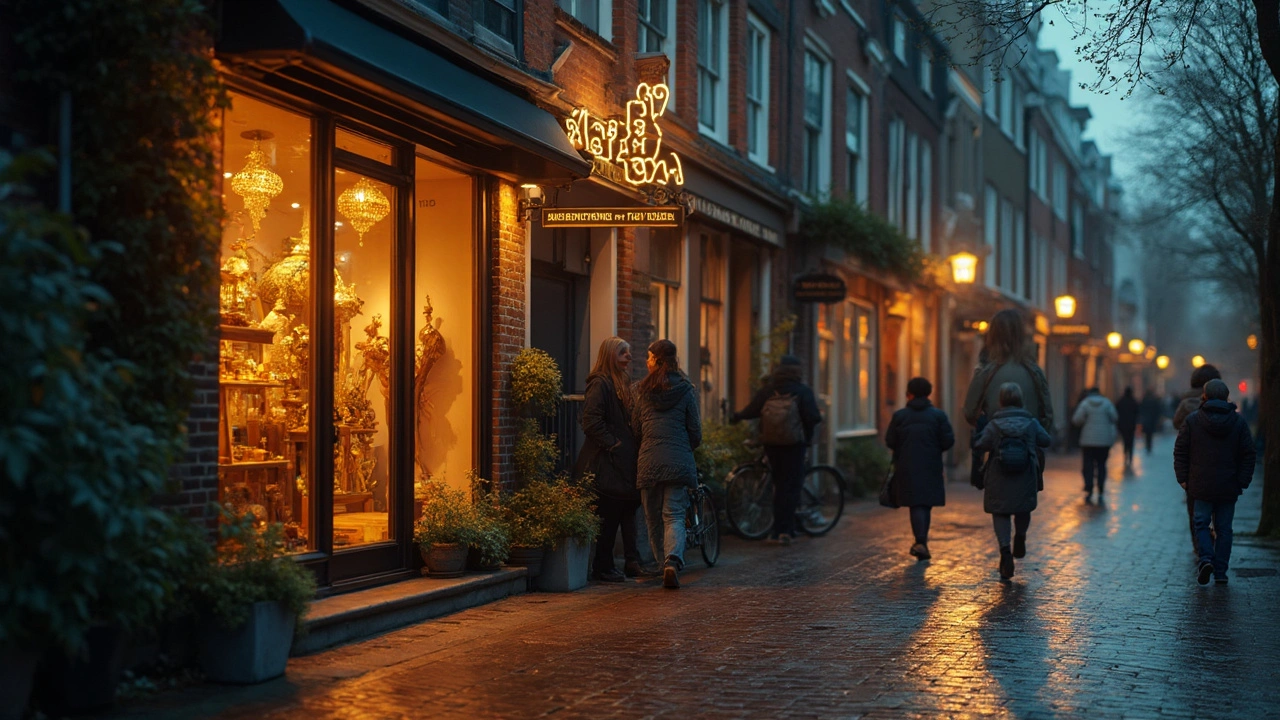Traditional Massage: Benefits, Styles, and How to Find the Best Session
Traditional massage isn’t just a fancy spa term – it’s a practical way to loosen tight muscles, ease stress, and give your body a reset. Think of it as a hands‑on reset button that works for anyone, whether you’re an athlete or someone who spends most of the day at a desk.
When you walk into a studio, you’ll usually hear names like Swedish, Deep Tissue, or Thai. Those are all branches of traditional massage, each with its own rhythm and pressure. Swedish is light and flowy, perfect for a first‑time experience. Deep Tissue digs into the deeper layers, targeting stubborn knots. Thai blends stretching with pressure, making you feel both stretched and massaged at the same time.
Key Types of Traditional Massage
Swedish massage uses long, gliding strokes that improve circulation and calm the nervous system. If you want to unwind after a long week, this is the go‑to choice. Deep Tissue focuses on muscle fibers and connective tissue. It can feel intense, but the payoff is reduced chronic pain and better mobility. Thai massage, on the other hand, incorporates yoga‑like stretches while the therapist applies pressure, giving you a full‑body workout without the sweat.
Another popular style you’ll see in Amsterdam is Tuina, a Chinese technique that balances energy flow. It’s a bit different from Western approaches but still falls under the traditional umbrella because it uses hands, elbows, and sometimes feet to manipulate the body’s energy pathways.
How to Pick the Right Therapist
Start by checking the therapist’s credentials. In the Netherlands, reputable practitioners have certifications from recognized schools. Read reviews that mention how the therapist adapts pressure to client needs – a good sign that they listen. Ask about the type of oil or lotion used; natural options like almond or jojoba are gentle on the skin and enhance the glide.
Think about your own goals. Want a gentle unwind? Ask for a Swedish session. Dealing with a tight shoulder? Go for Deep Tissue. Looking for a mix of stretch and massage? Thai might be your best bet. Most studios will let you customize the pressure, so don’t be shy about saying, “I’d like a lighter touch.”
Location matters, too. Choosing a studio close to home or work makes it easier to fit sessions into a busy schedule. Amsterdam has plenty of options, from quiet boutique rooms to larger wellness centers that combine massage with yoga or aromatherapy for a full‑body experience.
Before you book, ask what the session includes. Some places offer a brief consultation, a warm‑up period, and post‑massage tips for stretching at home. Those extra details show professionalism and help you get the most out of each visit.
Finally, trust your gut. If a therapist’s vibe feels welcoming and they explain the process clearly, you’re more likely to relax and enjoy the benefits. A good massage should leave you feeling lighter, not sore or confused.
Traditional massage is a versatile tool for health and relaxation. By understanding the main styles and knowing what to look for in a therapist, you can turn a simple appointment into a regular habit that supports your well‑being. Give it a try, and you’ll quickly see why it’s a staple in wellness routines across Amsterdam.
Thai Massage Amsterdam: Relax and Rewind with Authentic Wellness
Thai massage in Amsterdam offers a unique blend of ancient techniques and modern relaxation. This guide walks you through everything you need to know before booking a session—from benefits and styles to what to expect and safety tips. Discover hidden gems in cozy neighborhoods, get realistic price ranges, and learn how to spot quality providers. Whether you’re exhausted, stiff, or just need an energy boost, there’s a Thai massage spot tailored for you. Step into Amsterdam’s world of relaxation and let your worries melt away.
